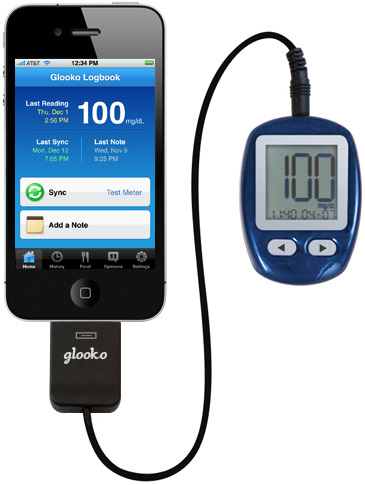 Glooko has launched a new tool for its clinical partners, including the Scripps Health Whittier Diabetes Institute and the Joslin Diabetes Center. The Glooko Population Health Tracker is being announced next week at HIMSS in Orlando, but clinics and health plans have already begun using it.
Glooko has launched a new tool for its clinical partners, including the Scripps Health Whittier Diabetes Institute and the Joslin Diabetes Center. The Glooko Population Health Tracker is being announced next week at HIMSS in Orlando, but clinics and health plans have already begun using it.
Palo Alto, California-based Glooko makes a MeterSync cable that connects Glooko's diabetes management app to a number of third party blood glucose meters. The software has previously allowed users to send their readings to physicians, but the Population Health Tracker gives hospitals a way to manage all the data coming in and flag patients with hypo- or hyperglycemic events or trends.
"We have recast our database which allows us to more discretely store and analyze our data centrally," Glooko CEO Rick Altinger told MobiHealthNews. "This allows us to do extensive analytics on the data that we are collecting. And specifically, the Glooko population tracker lets you to look at a number of different at-risk patient segments and lets you track how they're doing rise to the surface of what's going on."
The software will alert providers if a single reading goes below 50, for instance, or if more than 10 percent of readings across a 30-day period dip below 70. The system can bring in data from patients taking their blood glucose at home, or from a kiosk at the provider's office.
"It's amazing to me how little data is available," Altinger said. "Less than 10 percent of patient-provider encounters for a patient with diabetes involve analyzing their blood glucose data. And even when they do, in those few cases, what the provider does is use a proprietary software package from the meter company. ... They don't have any way to analyze it over time or share it with a third party, and they can't go back and say what was this patient doing three months ago, and what were the trends."
Glooko works with both providers and health plans, who will also be able to use this software in their disease management programs. Both benefit from an early warning system that can potentially keep patients out of the hospital, Altinger said.
"Someone with a chronic disease like diabetes, particularly in the US, isn't used to spending a lot of money. So our business model is cleraly to bring value to both the provider and the larger health systems, as well as the payor, that are really at risk if a patient ends up with a complication or in the emergency room due to hypoglycemia," he said. "There's been numerous reports, but the cost of hypoglycemia is just enormous. It's on the order of $13 billion a year and your average hospitalization due to hypoglycemia costs over $45,000. So eliminating a few of those goes a long way toward demonstrating a return on investment."

















